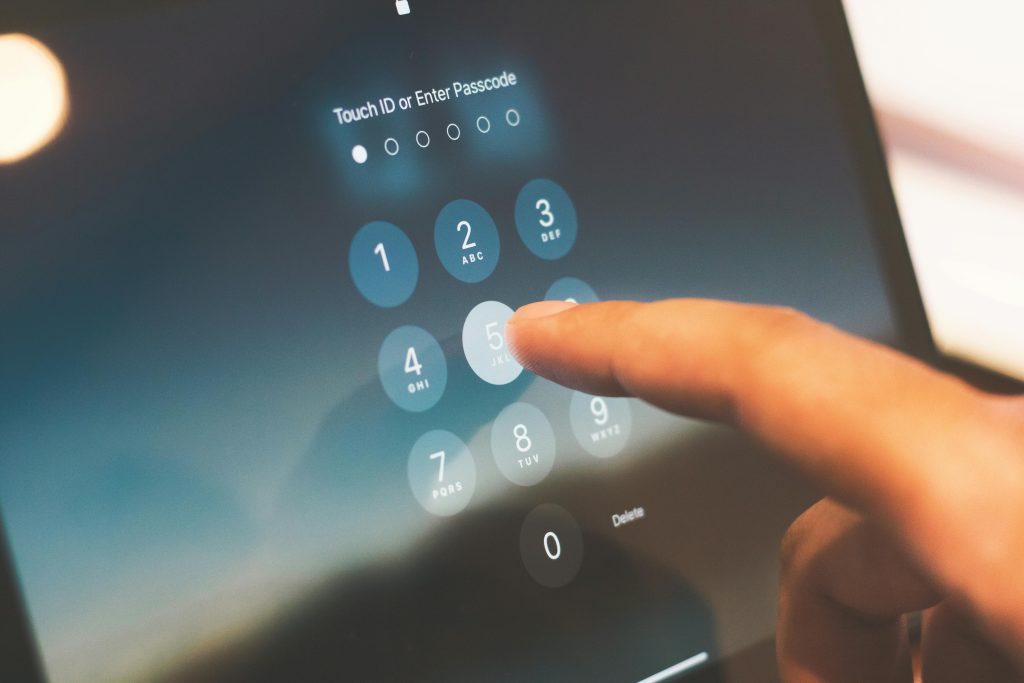Data Recovery Insights: Reviving an SSD from a Non-Functional Laptop
When a laptop succumbs to hardware failure, retrieving essential data from its Solid State Drive (SSD) can become a pressing concern. Recently, I encountered this very situation with an SSD from my Dell XPS 9550. While it appears that I might have caused the laptop’s demise (yikes!), my next challenge was to salvage the data stored on it.
I decided to connect the SSD to a functioning laptop, specifically an Inspiron 16 Plus 7620, only to be greeted by the Windows 10 troubleshooting menu instead of the desktop. Upon further investigation using the command prompt, I discovered that the SSD still retained all of its data, with less than 1GB of available space. However, my excitement quickly waned as I realized I could only access the Public folder within the User folder – the rest of my files seemed to be out of reach.
Despite my efforts to run a startup repair, I met with no success, and I’m now seeking guidance on the subsequent steps to take. If you’re familiar with similar data recovery scenarios or have expert insights, your input would be greatly appreciated.
If anyone has experience retrieving data from a damaged SSD or can recommend reliable tools and techniques, please share! Any additional information you may need from me is readily available. Thank you in advance for your support!
Share this content:




Hi,
It sounds like you’ve made good progress by identifying that the SSD still retains its data through command prompt. When facing limited access to files beyond the Public folder, it’s often helpful to use specialized data recovery tools designed for damaged or inaccessible drives. Some reliable options include:
To proceed, I recommend creating a disk image of the SSD using tools like Clonezilla or Macrium Reflect before attempting recovery, to avoid further data loss. Once you’ve made an image, run your chosen recovery software on the clone to safely attempt to retrieve your files.
If the drive is physically damaged, professional data recovery services may be necessary, especially if the data is critical. Additionally, ensure that your system’s BIOS/UEFI recognizes the drive correctly, and check for firmware updates or diagnostic tools from the SSD manufacturer for further insights.
Feel free to provide more details about the drive’s health or any error messages you’ve encountered, and I can offer more tailored advice. Good luck with your recovery efforts!